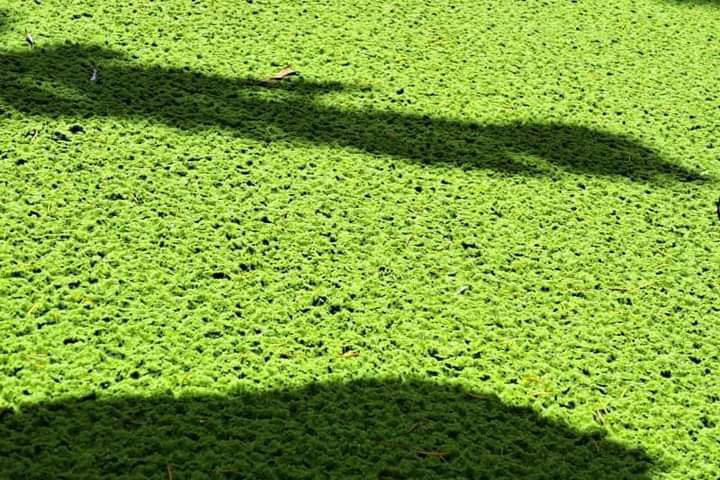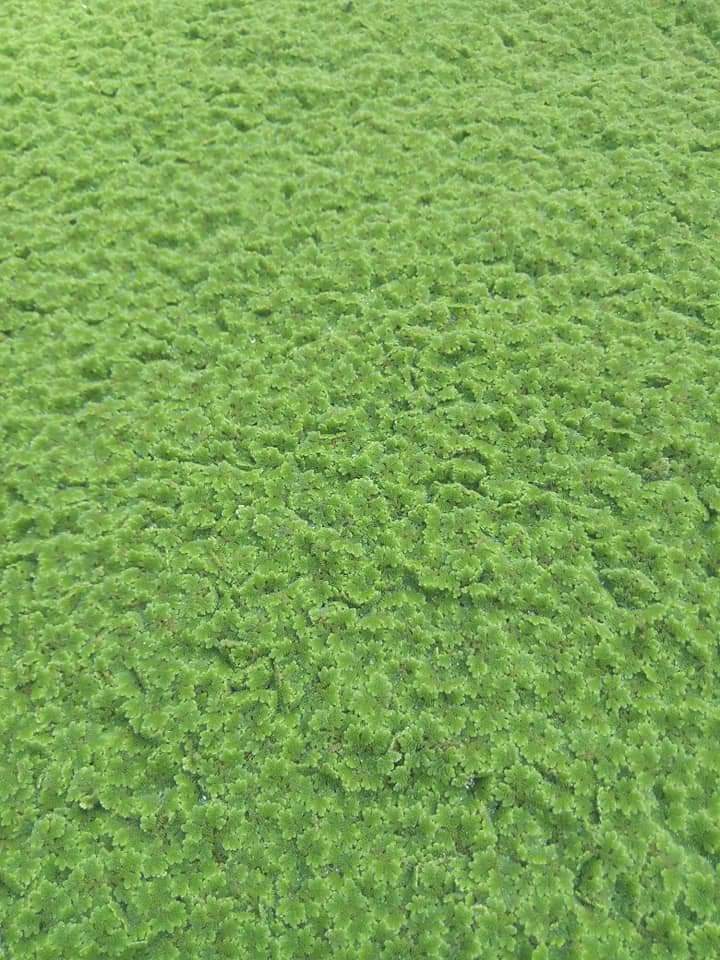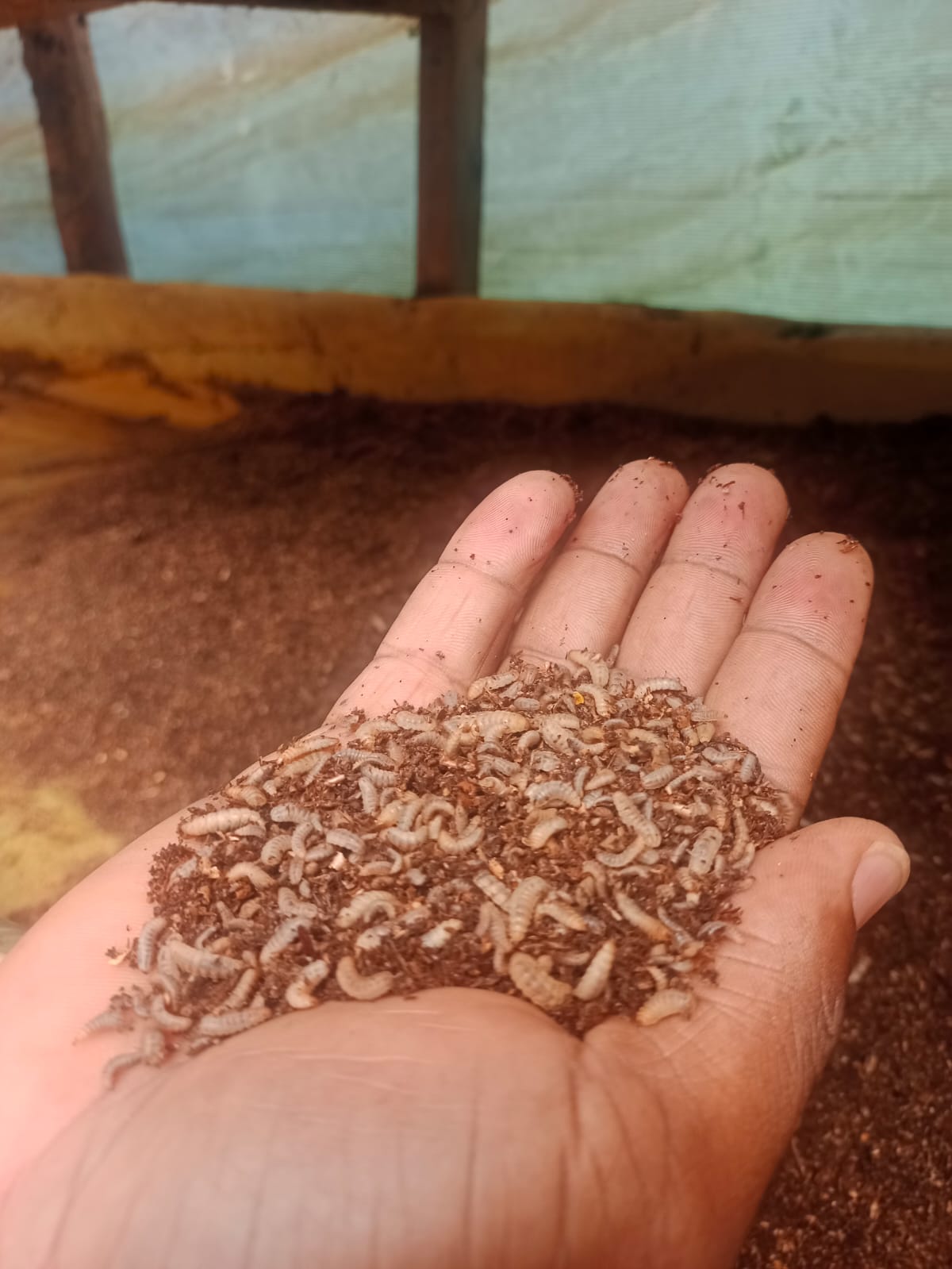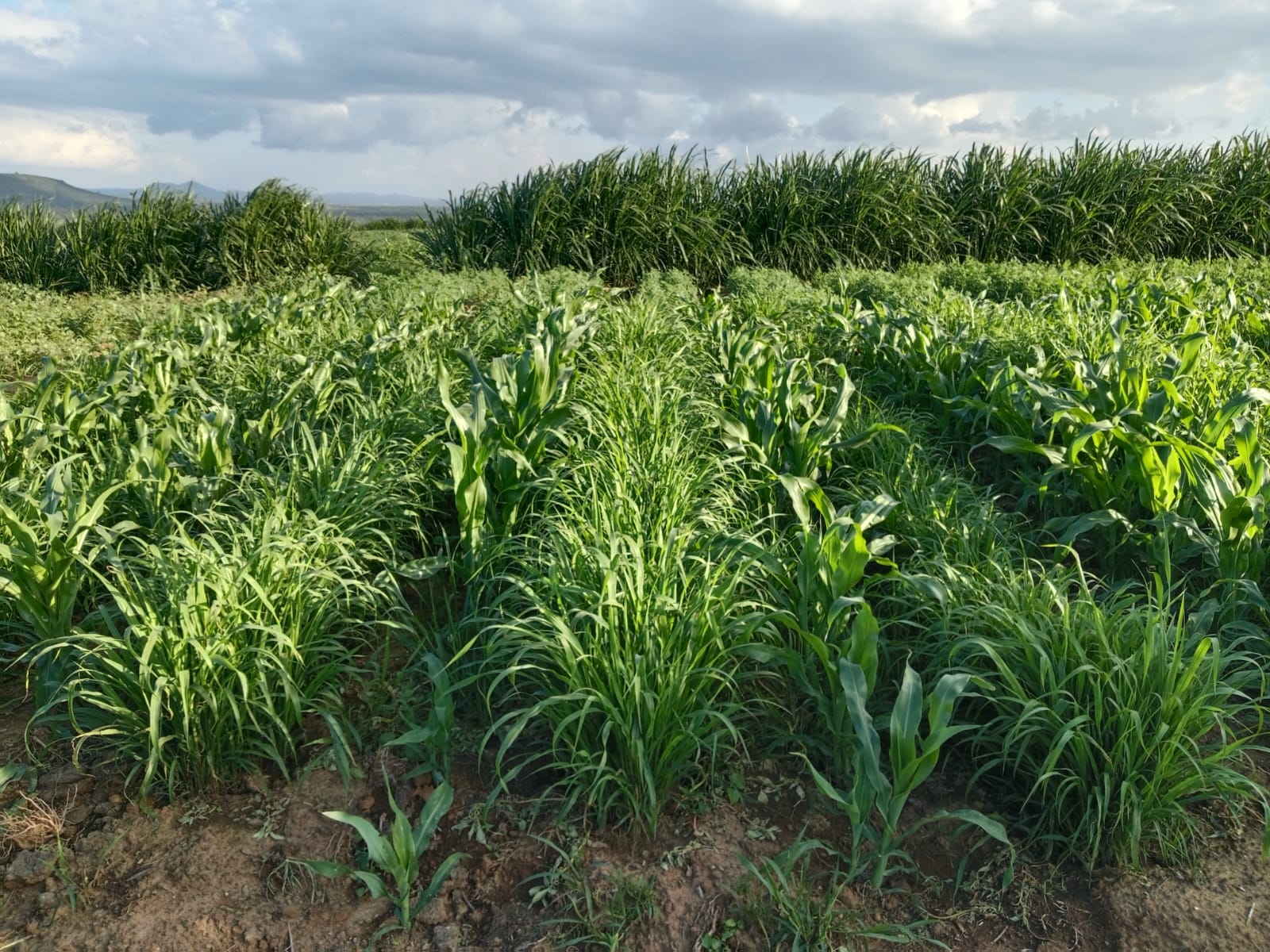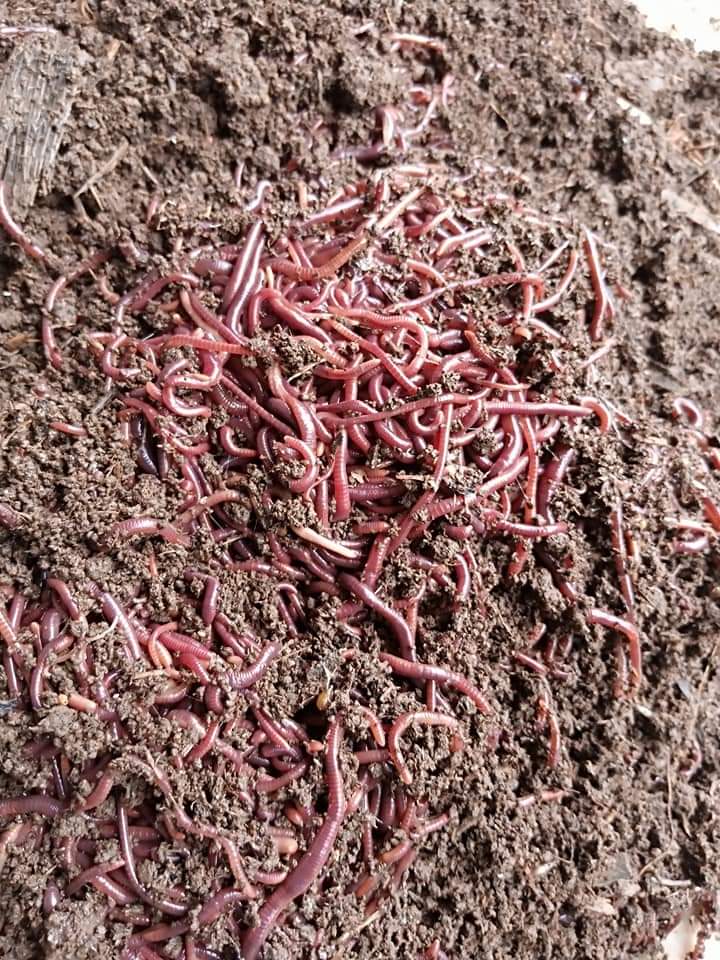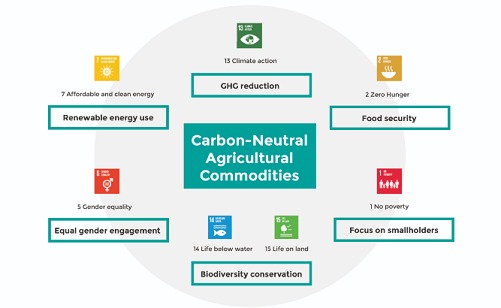What is Azolla?
Azolla, commonly known as mosquito fern, is a small, floating aquatic fern that grows naturally in freshwater bodies like ponds, lakes, and rivers. It’s highly valued for its ability to fix atmospheric nitrogen, thanks to a symbiotic relationship with a cyanobacterium (Anabaena azollae), making it an excellent organic fertilizer and animal feed. Azolla has been Recognized as a miracle plant due to its numerous environmental and agricultural benefits.
This blog will explore the biology, uses, cultivation, and benefits of Azolla, with a particular focus on how it can contribute to sustainable agriculture, environmental conservation, and global food security.
CHAPTER 1: THE BIOLOGY OF AZOLLA
Morphology and Growth Characteristics
Azolla is a small plant with a unique morphology that allows it to float on water surfaces. It has overlapping, fan-shaped leaves that are typically green or reddish-brown, depending on environmental conditions. Its size can range from a few millimeters to 2.5 cm, and it grows rapidly, doubling its biomass within 3 to 10 days under optimal conditions.
Azolla’s root system is small and primarily functions to anchor the plant, while the bulk of its nutrient uptake occurs through the leaves, which are in direct contact with the water. It grows best in warm, nutrient-rich waters, although it can survive in various climatic conditions.
Nitrogen Fixation
What makes Azolla truly exceptional is its ability to fix atmospheric nitrogen. Inside the leaf cavities of Azolla resides Anabaena azollae, a nitrogen-fixing cyanobacterium. Anabaena converts atmospheric nitrogen (N₂) into ammonium (NH₄⁺), which is then used by Azolla and other plants growing in the same environment.
This process enriches the water and surrounding ecosystems with bioavailable nitrogen, making Azolla a valuable asset in farming, particularly in low-input agricultural systems where synthetic fertilizers may be unaffordable or harmful to the environment.
Adaptation to Environmental Conditions
Azolla can adapt to a range of environmental conditions. It grows best in temperatures between 20°C and 30°C and requires an ample supply of water. It can survive both tropical and temperate climates, though extreme cold or dry conditions can inhibit its growth. It prefers neutral to slightly acidic waters, but it can tolerate some degree of salinity, though not at extreme levels.
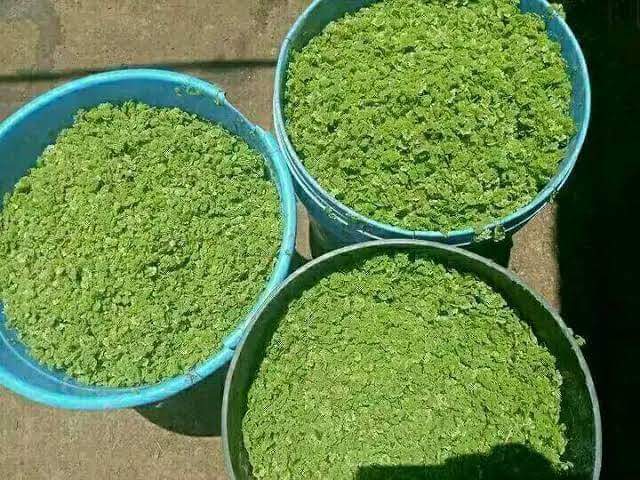
CHAPTER 2: USES OF AZOLLA IN AGRICULTURE AND BEYOND
1. Organic Fertilizer in Paddy Fields
In traditional Asian farming, particularly in China and Vietnam, Azolla has long been used as a green manure in paddy fields. Farmers allow Azolla to grow in flooded rice fields before the rice is planted, providing a natural source of nitrogen and other nutrients that boost rice yields. This reduces the need for chemical fertilizers, which can lead to soil degradation and water pollution.
Azolla acts as a cover crop, suppressing weeds and protecting soil health. When incorporated into the soil, it adds organic matter, enhancing soil structure and fertility.
2. Animal Feed
Azolla has gained popularity as a cost-effective, nutrient-rich feed for livestock, poultry, and fish. It contains around 25-30% protein, essential amino acids, and important vitamins like A, B12, and beta-carotene. Azolla can be used as a feed supplement for:
Cattle and goats: Studies have shown that feeding Azolla to dairy cattle increases milk production due to its high protein and digestibility.
Poultry: Chickens fed with Azolla as a supplement show improved egg production, growth rates, and overall health.
Fish: Azolla is commonly used as a feed for fish in integrated aquaculture systems, improving their growth and feed efficiency.
3. Biofuel Production
Recent research has explored the potential of Azolla for biofuel production. Due to its rapid growth rate and high biomass yield, Azolla could serve as a sustainable source of bioethanol and biogas. Its ability to grow in non-arable lands and its low input requirements make it an attractive alternative to traditional biofuel crops, which often compete with food production.
4. Phytoremediation
Azolla can be used for phytoremediation, a process in which plants clean up contaminated environments. Azolla has been shown to absorb heavy metals like arsenic, lead, and cadmium from water, making it an effective natural remedy for polluted water bodies. Its fast growth and ability to thrive in nutrient-poor environments make it a cost-effective option for environmental cleanup efforts.
5. Carbon Sequestration
As a photosynthetic plant, Azolla absorbs carbon dioxide (CO₂) from the atmosphere during its growth. Its rapid growth rate allows it to sequester large amounts of carbon in a relatively short time. Researchers believe that cultivating Azolla on a large scale could help mitigate climate change by reducing greenhouse gas concentrations in the atmosphere.
CHAPTER 3: CULTIVATING AZOLLA
1. Optimal Growing Conditions
Azolla cultivation requires relatively simple infrastructure, making it accessible even to small-scale farmers. Here are the basic conditions for optimal growth:
Water Depth: Azolla thrives in shallow water, typically 10-20 cm deep. This makes it ideal for growing in ponds, ditches, or even artificial tanks.
Light: Azolla requires moderate sunlight for photosynthesis. However, excessive direct sunlight can cause dehydration, so partial shading or floating it under taller crops like rice may help.
Nutrients: While Azolla fixes its own nitrogen, it still requires other nutrients like phosphorus, potassium, and trace elements for optimal growth. These can be naturally present in pond water or supplemented with organic fertilizers.
2. CULTIVATION METHODS
There are several approaches to cultivating Azolla, depending on the scale and purpose of production:
Pond Cultivation: This is the most common method. Shallow ponds with still or slow-moving water are ideal for Azolla cultivation. Water pH should be neutral to slightly acidic, and regular water exchange helps maintain nutrient balance.
Integrated Rice: Azolla Systems: In rice fields, farmers allow Azolla to grow alongside young rice plants. Azolla suppresses weed growth, enriches the soil with nitrogen, and helps conserve soil moisture.
Floating Beds: In urban and peri-urban areas with limited space, floating beds made from bamboo or other lightweight materials can be used to grow Azolla in small ponds or tanks.
3. HARVESTING AZOLLA
Azolla is typically harvested by skimming the surface of the water with nets. Its fast growth means that harvesting can occur as frequently as every 5-7 days under optimal conditions. After harvesting, Azolla can be used immediately as livestock feed, fertilizer, or processed further for other applications like biofuel production.
CHAPTER 4: ECONOMIC POTENTIAL OF AZOLLA
1. Azolla in the Livestock Industry
The increasing cost of conventional animal feed has driven farmers to look for cost-effective alternatives, and Azolla is quickly becoming a popular option. Its high protein content, digestibility, and ease of production make it a valuable supplement for cattle, poultry, pigs, and fish. By incorporating Azolla into their feeding programs, farmers can reduce feed costs by up to 20-30%.
2. Green Manure and Biofertilizers
In regions where chemical fertilizers are either too expensive or contribute to soil degradation, Azolla can serve as an affordable, eco-friendly alternative. By boosting crop yields without the negative environmental impact associated with synthetic fertilizers, Azolla contributes to long-term soil health and sustainability.
3. Carbon Credits and Environmental Markets
Azolla’s potential to sequester carbon has garnered interest in carbon markets. Farmers and environmental organizations that cultivate Azolla on a large scale could potentially earn carbon credits, making it an attractive option for governments and private entities looking to offset their carbon footprints.
CHAPTER 5: ENVIRONMENTAL AND SOCIAL IMPACTS
1. Azolla and Global Food Security
With the global population expected to reach 9.7 billion by 2050, ensuring food security is one of the most pressing challenges facing humanity. Azolla can play a crucial role in addressing this challenge by providing an affordable, nutritious feed source for livestock and fish, boosting crop yields through natural nitrogen fixation, and helping small-scale farmers improve their livelihoods.
2. Azolla’s Role in Climate Change Mitigation
As climate change continues to threaten ecosystems and agriculture, the role of sustainable, low-input crops like Azolla becomes even more important. Its ability to sequester carbon, purify water, and provide organic fertilizers can help build resilience in agricultural systems and reduce dependence on chemical inputs.
3. Empowering Smallholder Farmers
Azolla cultivation can be particularly beneficial for smallholder farmers in developing countries. It requires minimal investment, grows rapidly, and provides multiple benefits, from improving soil fertility to feeding livestock. By integrating Azolla into their farming systems, smallholder farmers can increase their productivity and income while contributing to environmental sustainability.
In essence Azolla is a truly remarkable plant with a wide range of applications in agriculture, environmental conservation, and even biofuel production. Its ability to fix nitrogen, sequester carbon, and purify water makes it an invaluable asset in the fight against climate change and global food insecurity.
With increasing interest in sustainable farming practices, Azolla holds great promise for the future of agriculture. Whether used as organic fertilizer, animal feed, or a biofuel source, its potential is immense.
